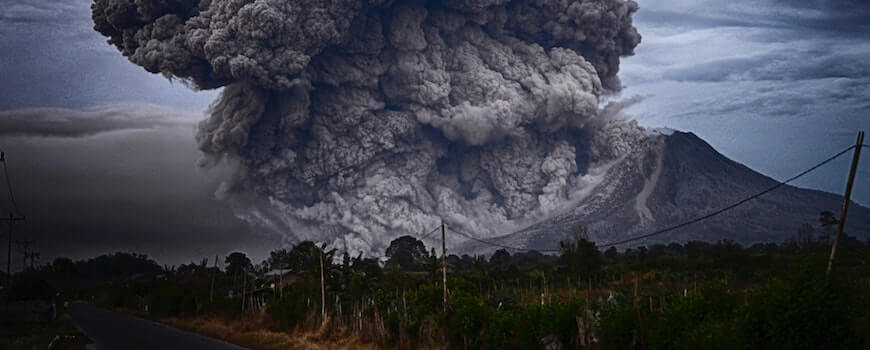
One of the biggest threat humanity is trying to avoid is global warming. The rise of temperature can cause natural disasters that we probably cannot even imagine. These thoughts make us take climate change as seriously as possible before it is too late.
It is a fact now that humans cause global warming, and that we need changes now. The good news is that we are at least trying. The European Green Deal is valid until 2050, and its goal is to provide a sustainable future for the next generations. We need to reduce the current carbon emissions by 50-55% until 2030 and reach zero-carbon emissions by 2050.
What is carbon neutrality?
Not only the Earth itself has greenhouse gas emissions – fire, volcanic eruptions, and other natural events produce carbon dioxide as well. Living organisms, both humans and animals are producing CO2 just by breathing the air in and out.
The problem is not with that, but with the industrial sector.
Carbon neutrality definition
Carbon-neutrality means that countries have an agreement on reducing their GHG emissions until it reaches zero. The goal is to stabilize the gas concentrations in the atmosphere in order to prevent dangerous anthropogenic effects on humankind.

Examples of carbon-neutral energy sources
Solar power, wind energy, and hydroelectric energy are all carbon-neutral energy sources.
Read our related articles:
Can we reach net-zero emissions?
With our current level of technology we cannot. We cannot store and transport these renewable energies efficiently, and even if the developed countries reached zero-level CO2 emissions, the developing countries still have a long way to go.
Other than that, human-made carbon sinks (that absorb more carbon from the atmosphere than it releases) cannot do all the work. We need to restore our forests and natural ecosystems to help us fight climate change.
How can you be carbon-neutral?
-
- Avoid wasting food
- Choose greener transportation modes (walk, bike, public transport)
- Eat less meat (the meat industry is one of the most polluting on Earth)
- Do not buy unnecessary goods
- Recycle and reuse
- Avoid single-use plastics
- Buy power-saving lightbulbs and other items that have a power-saving mode
- Educate people to live more sustainably
Conclusion
-
- Decarbonization is happening
- Reducing carbon emissions is required to keep global warming below 2 degrees Celsius
- We need to do it globally
